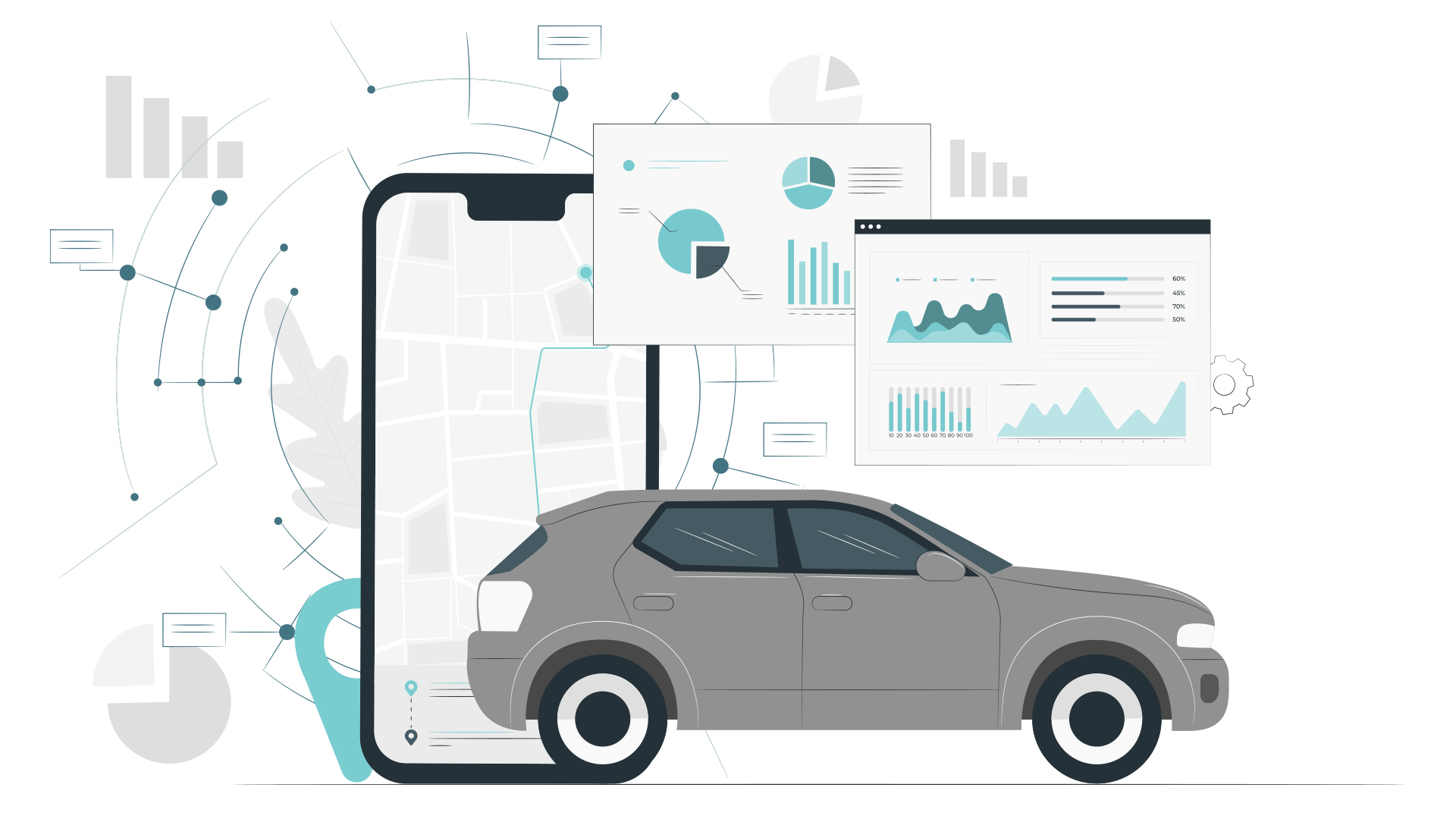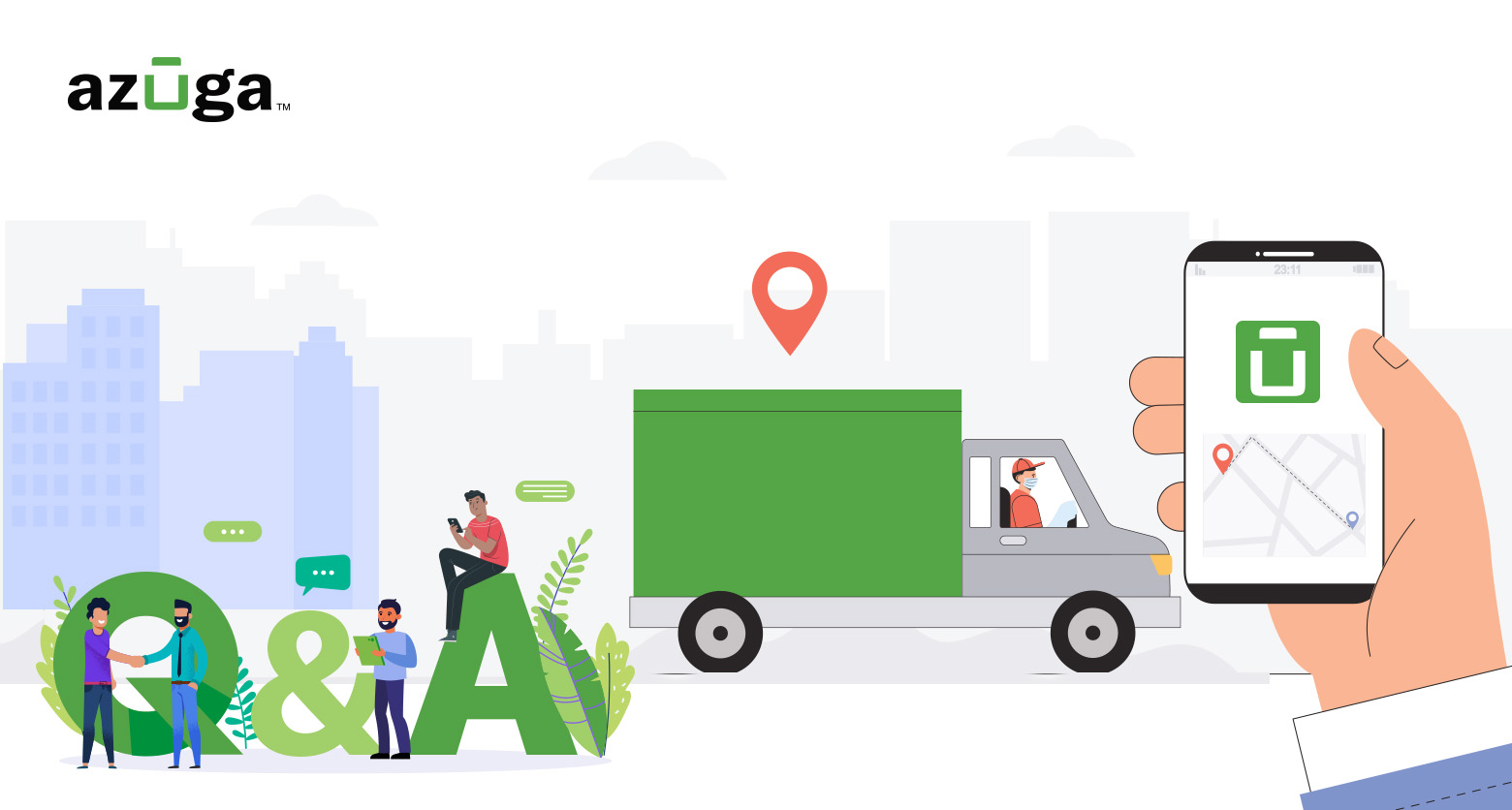It’s reasonable to argue that the sector of logistics cannot be left behind as firms migrate for practically all of their activities. The phrases “fleet management” and “modern delivery technology” are now synonymous.
As complicated as it may appear, every firm that relies on commercial cars for day-to-day operations requires a fleet management system that is both effective and efficient.
In logistics, what is fleet management?
Fleet Fuel Management Software is a method for companies to manage and coordinate delivery trucks in order to maximize efficiency and cut expenses.
The technique of fleet management is utilized to track and record couriers and delivery employees in addition to vehicles. It necessitates a set of technologies that make it simpler for the fleet manager to coordinate all of the activities—from fuel management to route planning—that can be easily controlled using fleet management software.

What is the process of fleet management?
While fleet management software may appear to be a simple solution to the intricacies that this industry entails, it can only be used to its full capacity if other factors are in order.
1. Software
The fleet management technique is built around GPS tracking. It is used to keep track of the cars and knows their exact location, which the fleet manager can see using the software.
The dashboard software would not only track vehicles, but it would also offer information on other areas of driver safety and performance while on the road.
2. Telematics
It is simpler for fleet managers to acquire information about a Dvehicle’s acceleration, speed, braking intensity, and fuel consumption using telematics to determine when maintenance and repairs are needed.
The sensors are used to detect any sudden movements such as overspeeding, forceful braking, and speed in order to gain a good sense of the driver’s behaviour, which has a direct impact on the vehicle’s fuel consumption.
3. Maintenance
The expenditures of compiling data and maintaining a fleet can be significant. Using a fleet management system may assist cut expenses by keeping track of vehicle upkeep, negotiating maintenance contracts, and planning deliveries ahead of time.
Modern Fleet Management Technologies Have the Potential to Improve Delivery Efficiency
Fleet management systems have taken over the world of logistics and transportation for organisations for a reason. They have not only made the procedure easier, but they have also increased delivery efficiency as a result of the numerous benefits they provide.

1. Dynamic Real-Time Routing
Route optimization for efficient planning is referred to as real-time dynamic routing, which allows fleet managers to use real-time insights and data. It considers a variety of factors, including same-day delivery, the number of products, weather conditions, and traffic flow.
It improves the company organization’s capacity to stick to its timeframes and deadlines. Additionally, it aids drivers in conserving time, allowing them to complete more deliveries in a single day.
2. Real-time visibility from beginning to finish
End-to-end real-time visibility refers to the availability of data across the supply chain, for improved decision making.
Artificial intelligence and machine learning are used in current TMS logistics management platforms to give the capability of planning, fleet and driver allocation, and tracking from a single place.
3. Visibility of Intermodal Transportation
The intermodal transportation chain is complicated since it entails transporting products via an intermodal container via numerous modes of transportation. It’s challenging for businesses to pinpoint their exact position due to the non-linear nature.
However, with automated systems, intermodal transportation visibility has improved, making it easier to coordinate and execute plans. It also improves operational capabilities and guarantees that shipments are handled with the utmost care and best standards.
4. Electronic Delivery Proof
An electronic proof of delivery is a significant benefit of switching logistics to computerised methods. Going paperless not only saves money, but it also makes the process easier for both fleet managers and workers.

The manual data input procedure consumes a significant amount of time and energy, which may now be saved. It also offers the drivers with all required and important information, making their work easier.
5. Automated Delivery
By decreasing investments in manual and repetitive operations, fundamental delivery activities such as scheduling, work allocation, and route planning may be automated to save money. It also decreases delivery turnaround time and eliminates the possibility of human mistakes.
Fleet Management in the Future
Although fleet management software has gone a long way, it is still the beginning. Most of us thought of robots and electric automobiles as a faraway sci-fi dream until a few years ago. Cut to 2021, and these fantasies are not only becoming a reality, but are also knocking on our doors.
-
The new delivery employees are robots
With the focus on contactless delivery, it’ll only be a matter of time before retailers, restaurants, and e-commerce companies.
Another reason for the great demand is that automated deliveries can help lower delivery costs by large margins.
-
Going green in the last mile
Last-mile delivery is a monumental effort in and of itself. However, as consumer knowledge and environmental concerns have grown, logistics companies have realised that turning green is now a need. Supply chains must incorporate effective resource usage, whether it’s via designing the most efficient routes, selecting the correct fleet, or adopting eco-friendly packaging.
-
Lightning-quick deliveries
Customers are purchasing more things online than ever before, and they expect to get their orders in as little as a few hours. Order fulfilment in a flash has become a must in today’s world and will continue to be so. So that the items are delivered to the consumers in top-notch shape and at the time they want it, but also safe.
-
The importance of warehousing cannot be overstated
It refers to a warehouse sharing concept in which firms with surplus warehouse space can share it with another company.
It has revolutionised the game in recent years since it can be used for both short-term and long-term initiatives. On-demand warehouses may help you not only with inventory management, but also with getting your products to the end users.
Also read: Branding and Interactive Solutions?














